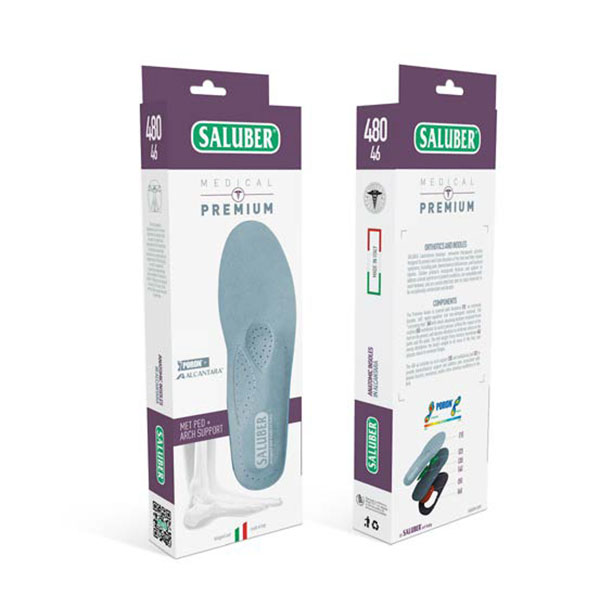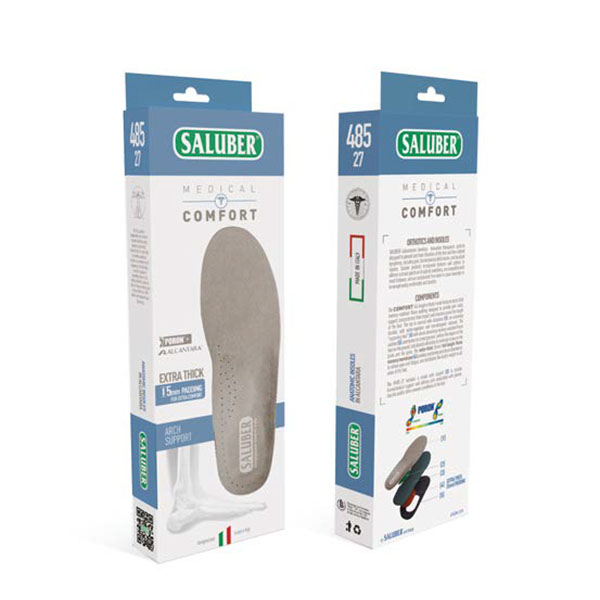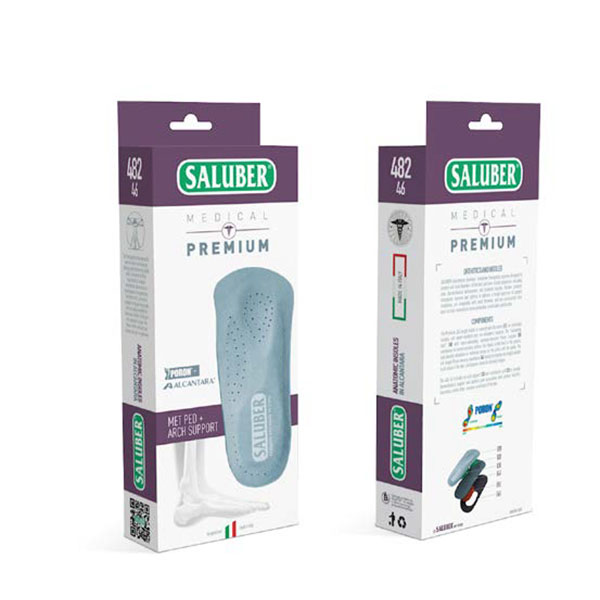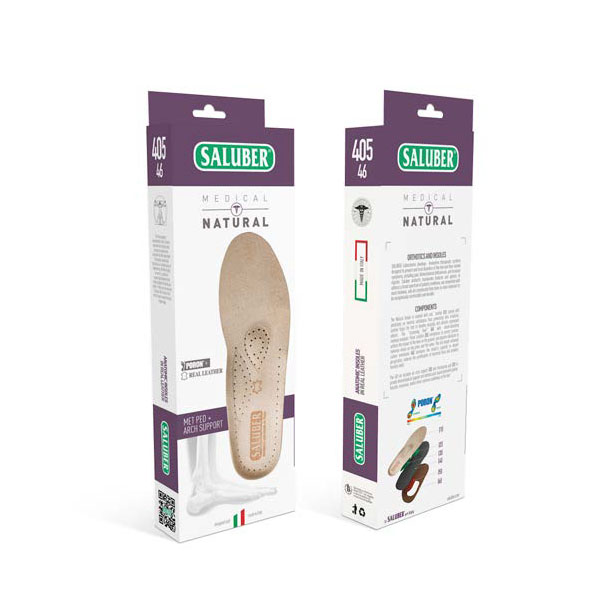Overpronation
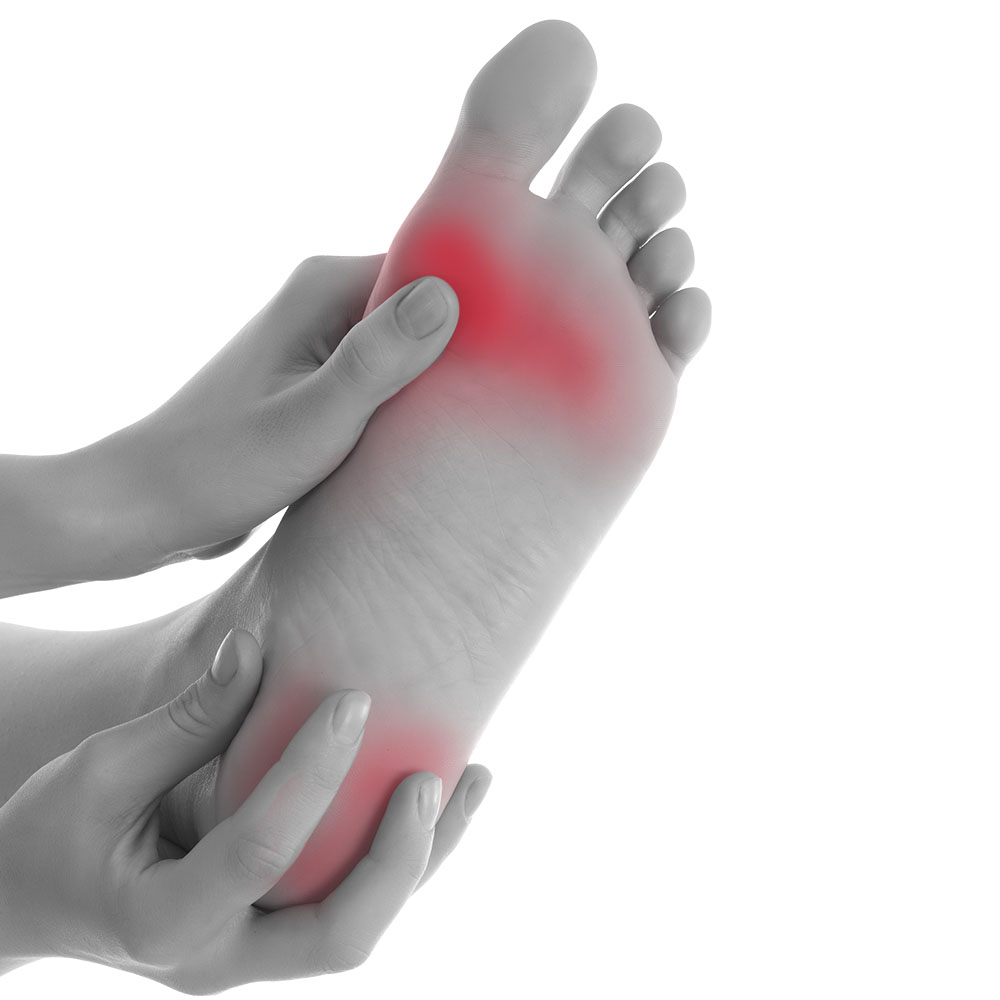
Feet are supposed to roll inward as a part of every step you take. This helps them to mold to the various terrain that they step on (sand, rocks, various obstacles) without injury. This is called pronation. When your feet roll inward excessively, problems often arise. Excessive inward rolling of the feet and ankles is called over-pronation. Sometimes, people who over-pronate are told they have “flat feet”. The term “flat feet” can be misleading. When standing, body weight causes the arch of most feet to flatten out somewhat, the arch shape does consequently get longer and flatter and the arch height gets lower.
- Heel and arch pain
- Metatarsalgia
- Plantar fasciitis
- Heel spurs
- Bunions
- Hammer toes
- Neuroma
- Achilles tendonitis
- Bone spurs
- Posterior tibial tendonitis
When the feet are too flexible and they bear the full weight of the body above (as in standing, walking or running), they stretch too much causing the feet and ankles to roll inward. People who have high arches, medium arches and low arches all have the potential for over-pronation (“flat feet”). It is not the height of the arches that determines over-pronation. It is the amount of flexibility in the feet. Over-pronation is the result of too much flexibility in the feet. There are lots of reasons for this including heredity, obesity, pregnancy and the repetitive pounding of the feet on the hard, flat surfaces of modern life. Many foot health experts believe that the combination of putting very young feet in structured footwear combined with the consistently hard, flat surfaces of modern life restricts the feet from moving through a broad range of motion and inhibits the strengthening of the muscles within the foot, thereby causing the majority of people in the developed world to over-pronate to various degrees. Interestingly, studies have shown that people in the undeveloped world who walk a natural, unpaved terrain and who do not wear structured shoes do not tend to have the foot, joint and back problems that people in the paved, structured shoe wearing parts of the world suffer
Though heredity and the conveniences of modern life (paving, structured shoes, etc.) play an important role in determining over- pronation, there are some simple but important things you can do to reduce (or even eliminate) the negative consequences of over- pronation.
- First, have your feet assessed by a trained pedorthist who can identify over-pronation and guide you to appropriate footwear and arch supports.
- Wear an appropriate arch support (orthotic) for your arch shape and height.
- Custom arch supports made by a trained pedorthist are the ideal solution. Custom arch supports are made to perfectly support the unique size, shape and flexibility of each foot with the specific types of shoes to be worn included as a part of the design process. A trained pedorthist can make custom arch supports to fit sandals, open-backed clogs and even dressy high heels. Additionally, there are good quality over-the-counter arch supports with more support/height in the arch area available for those who choose not to go the custom route.
- Wear shoes that are firm at the back of the shoe (the heel counter), especially when wearing athletic shoes or when wearing shoes without arch supports inside. If you can push down the back of the shoe with your thumb, it will do little to help support your foot and ankle from rolling inward.
- Inspect your shoes for wear and tear and replace them when they become excessively worn or misshapen or fail to hold the heel firmly at the back of the shoe.
- Minimize the amount of time you are barefoot while on hard, flat surfaces. Save bare feet for tickling your toes in the grass or walking in the surf at the beach.


